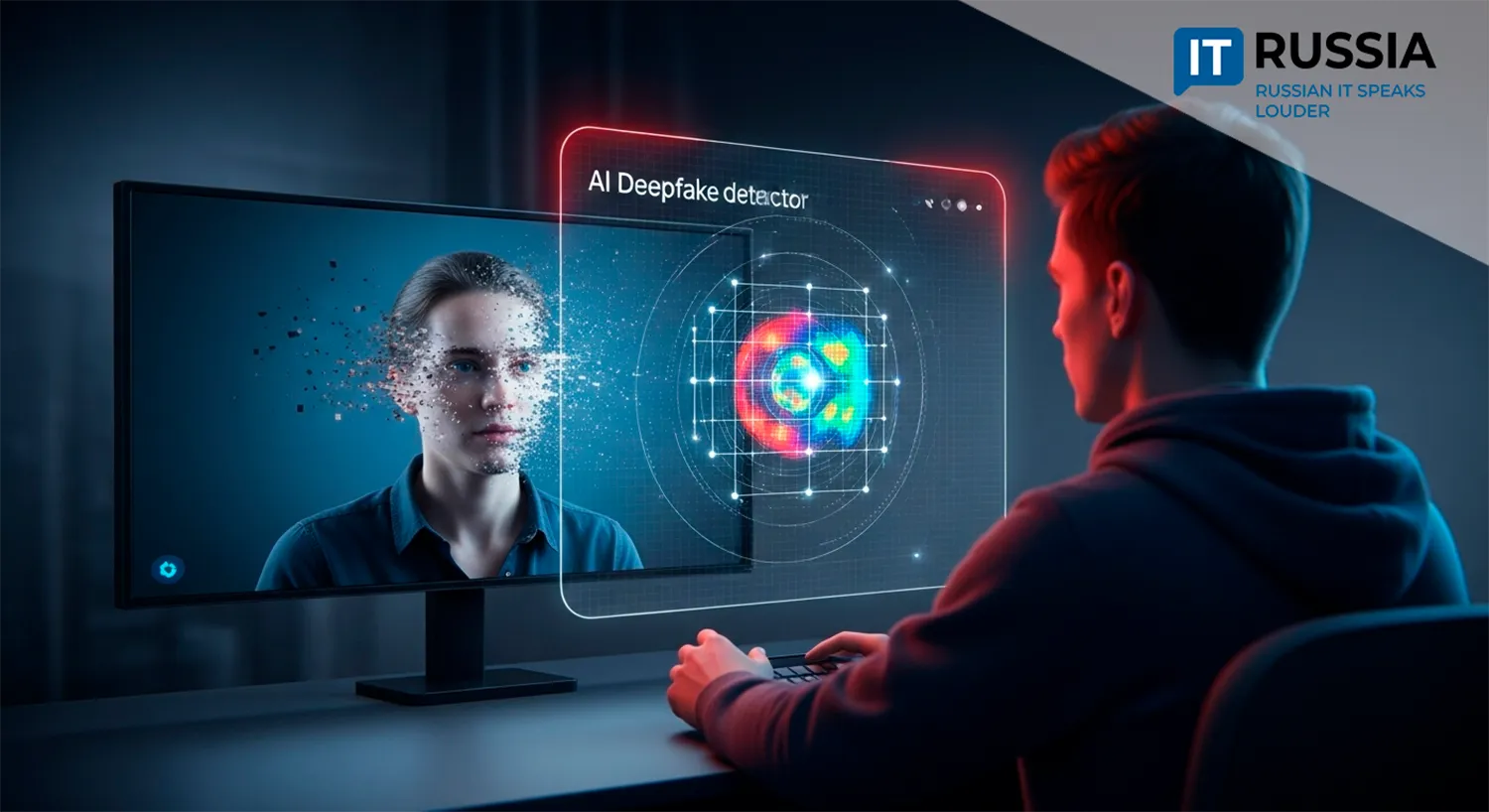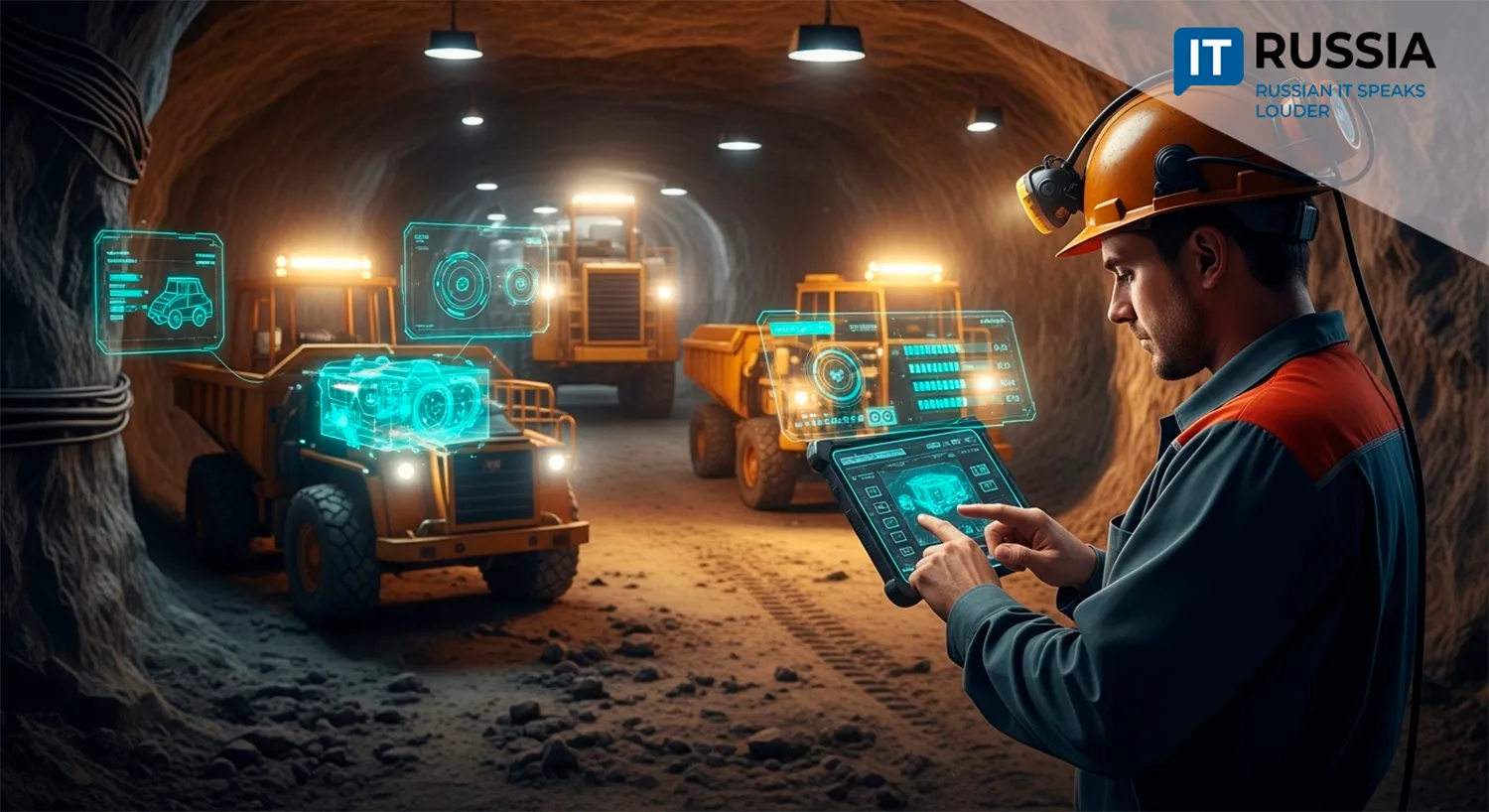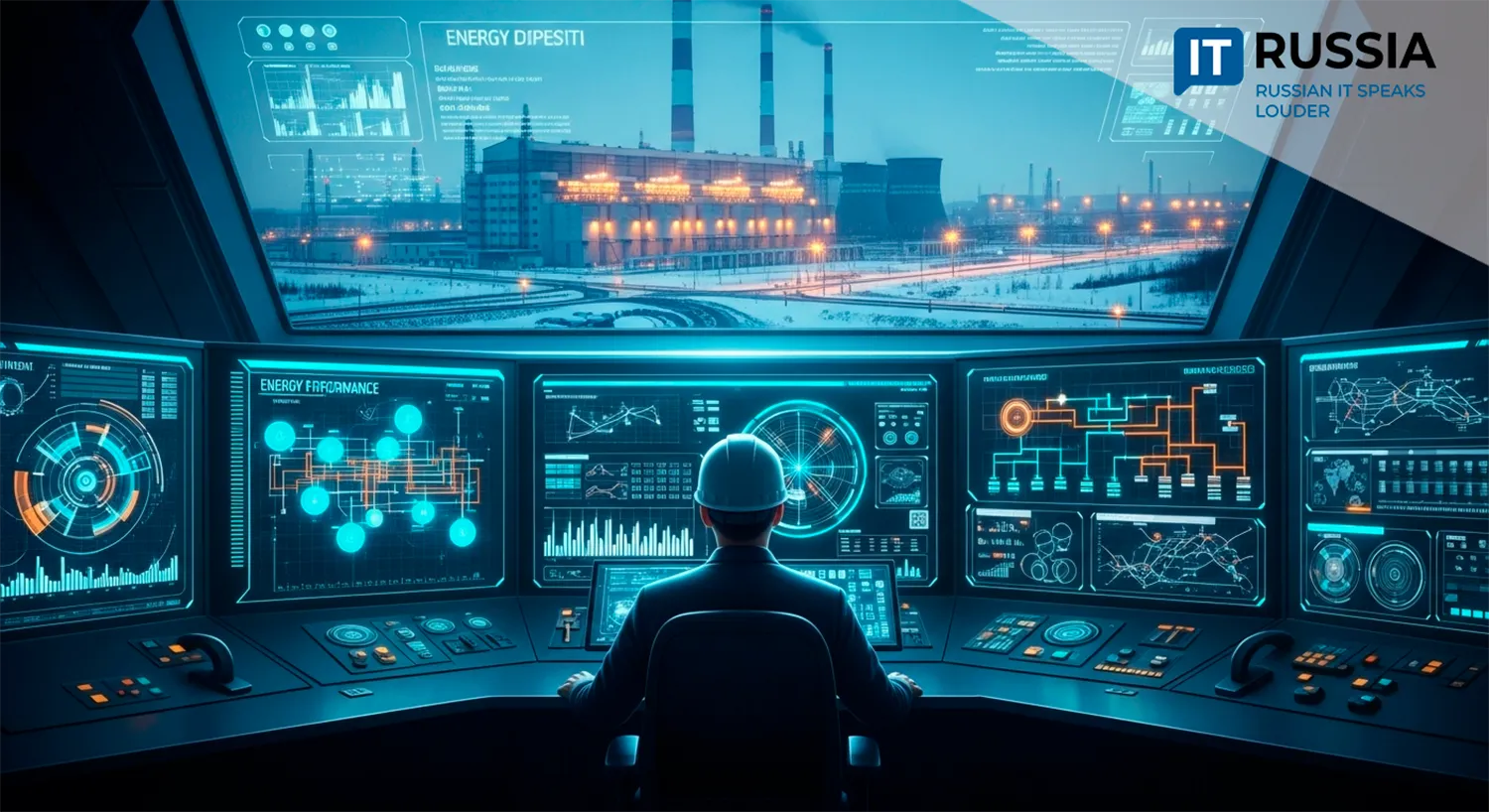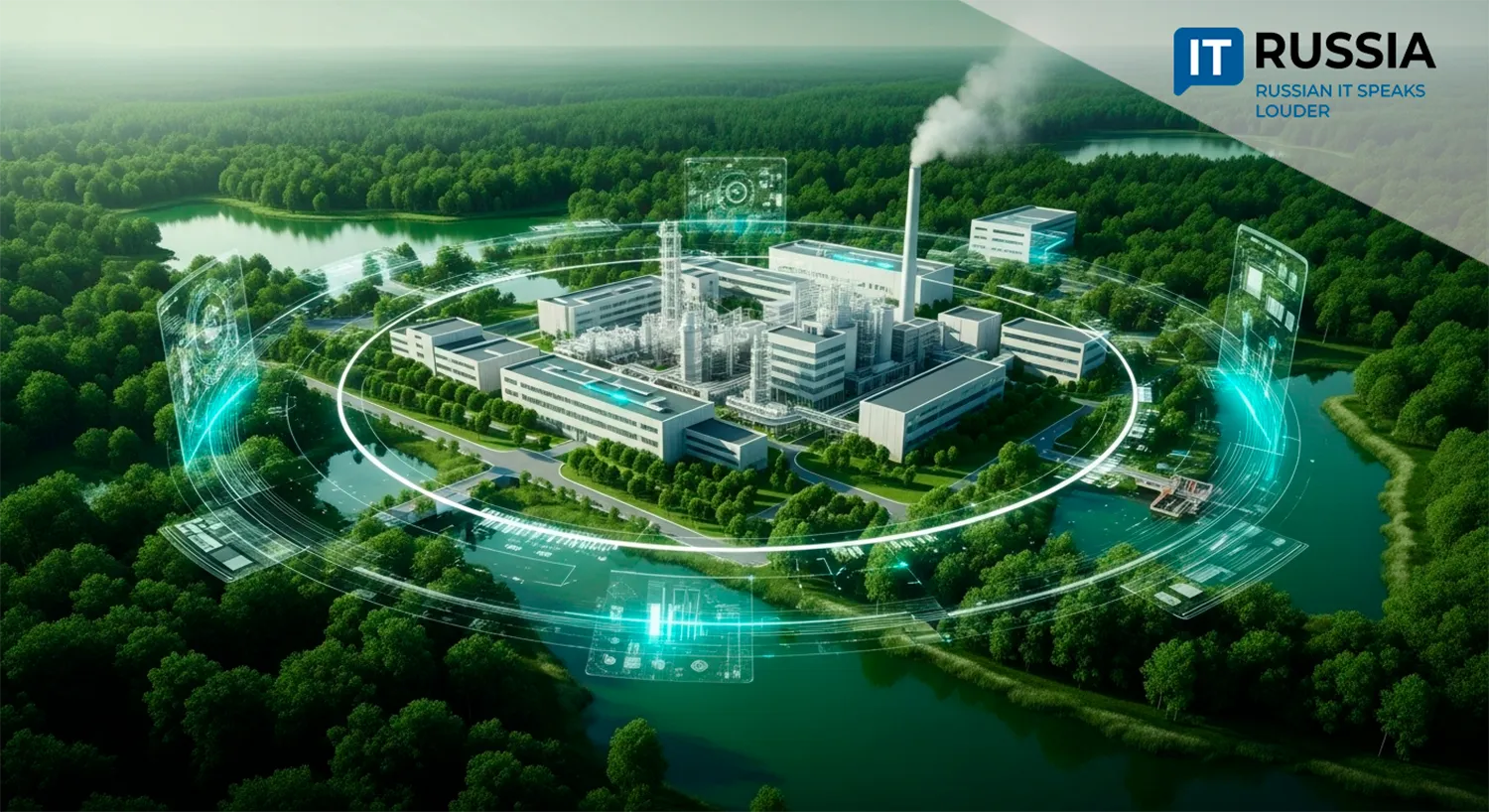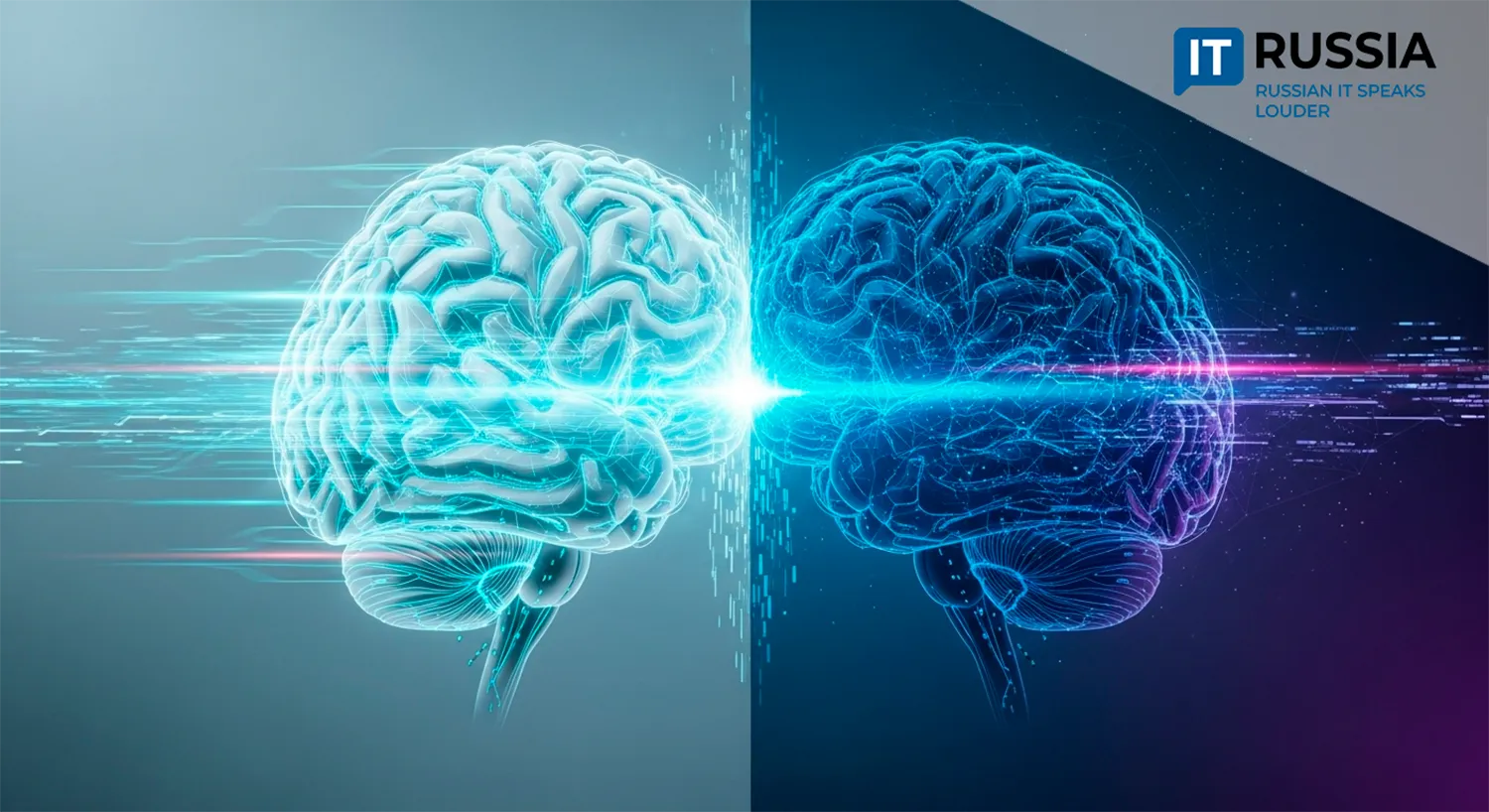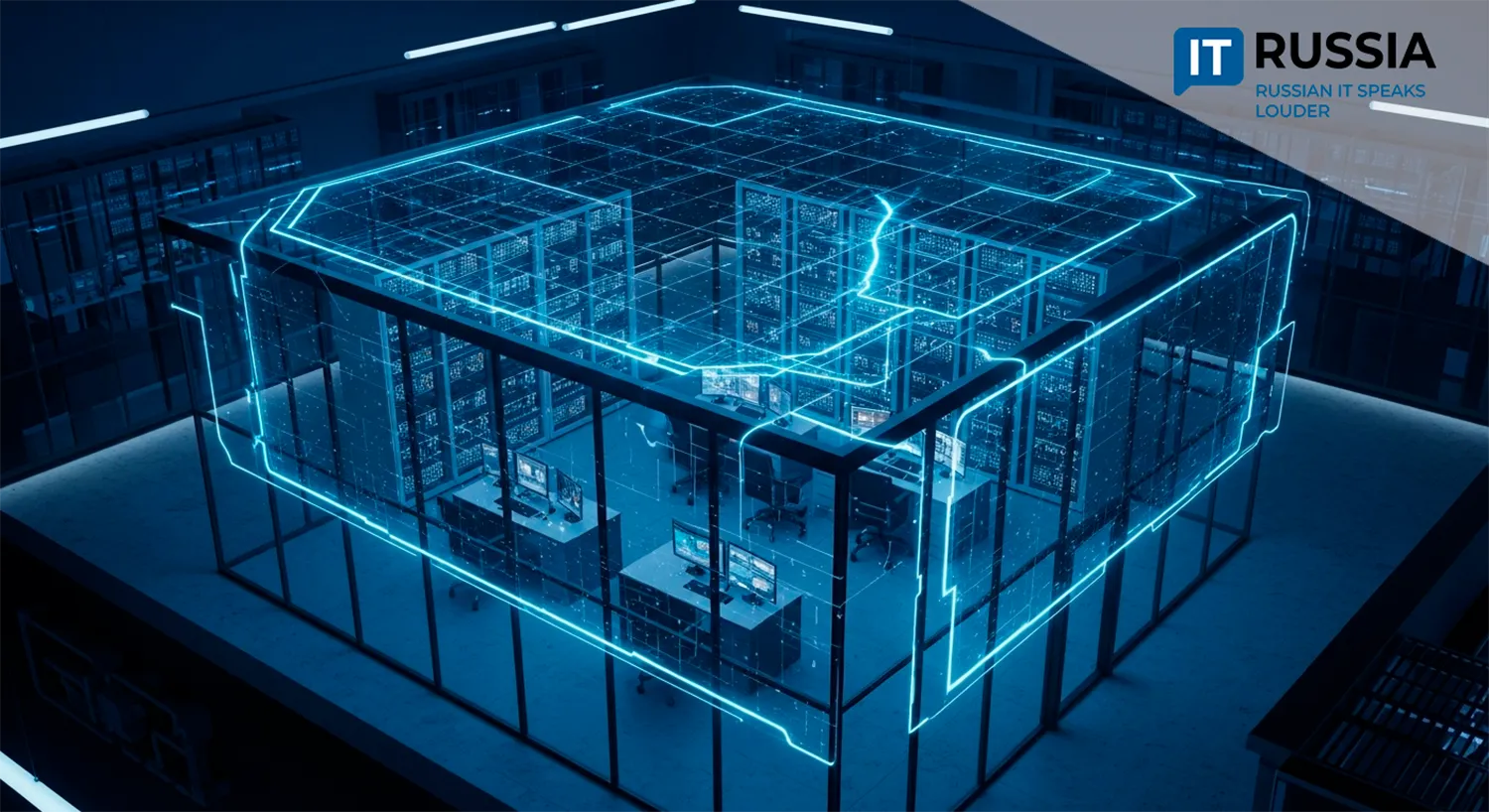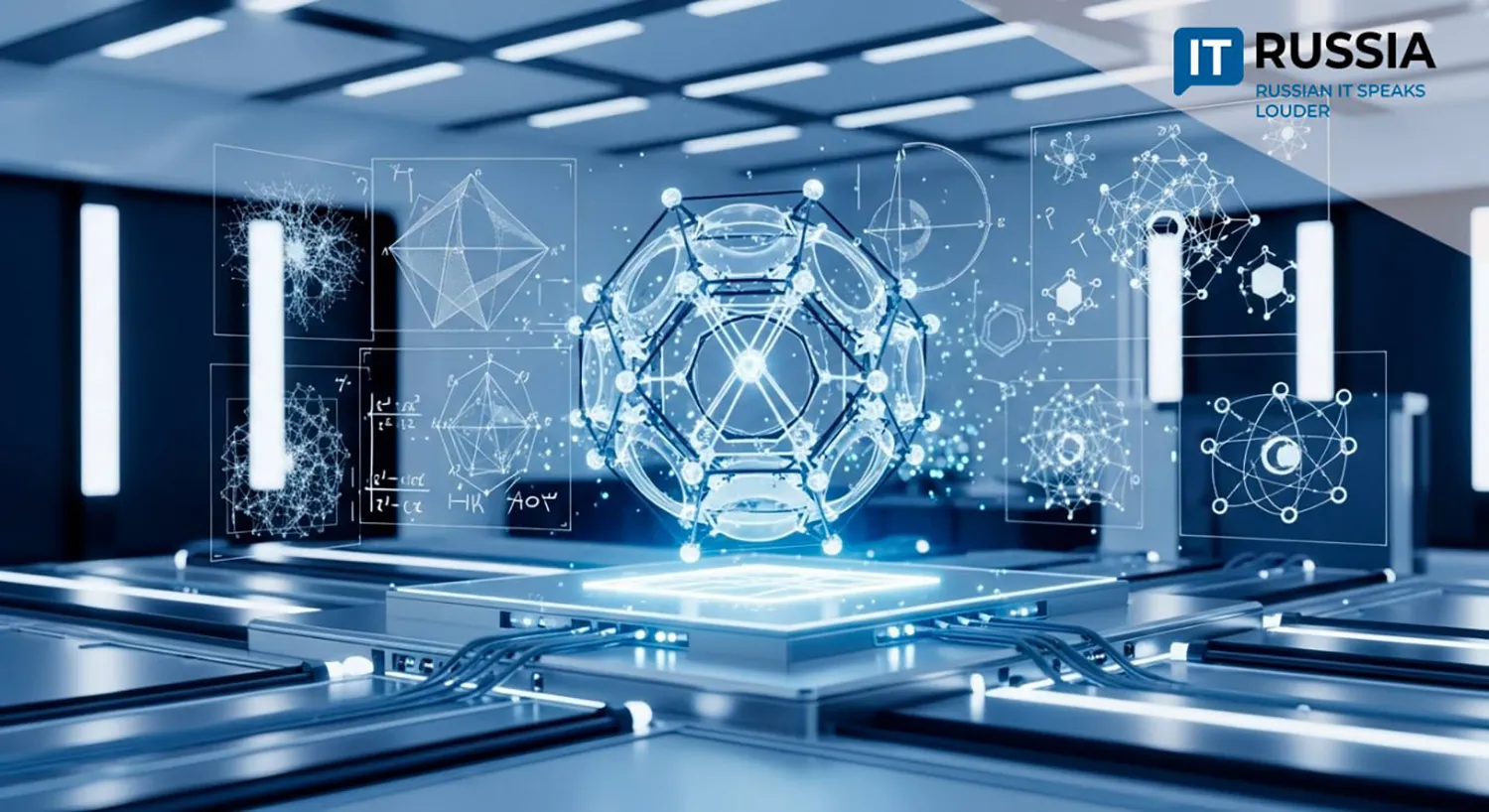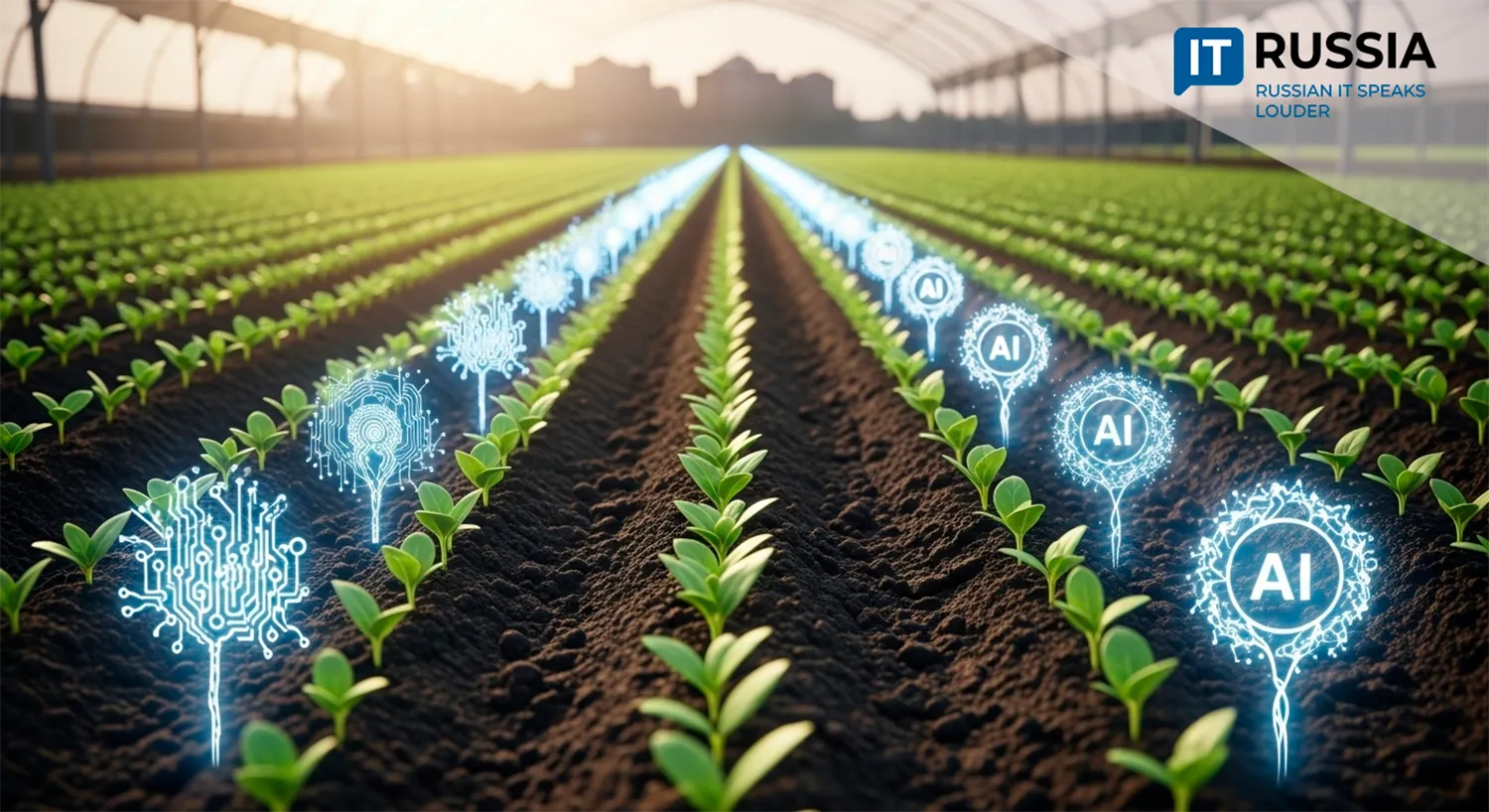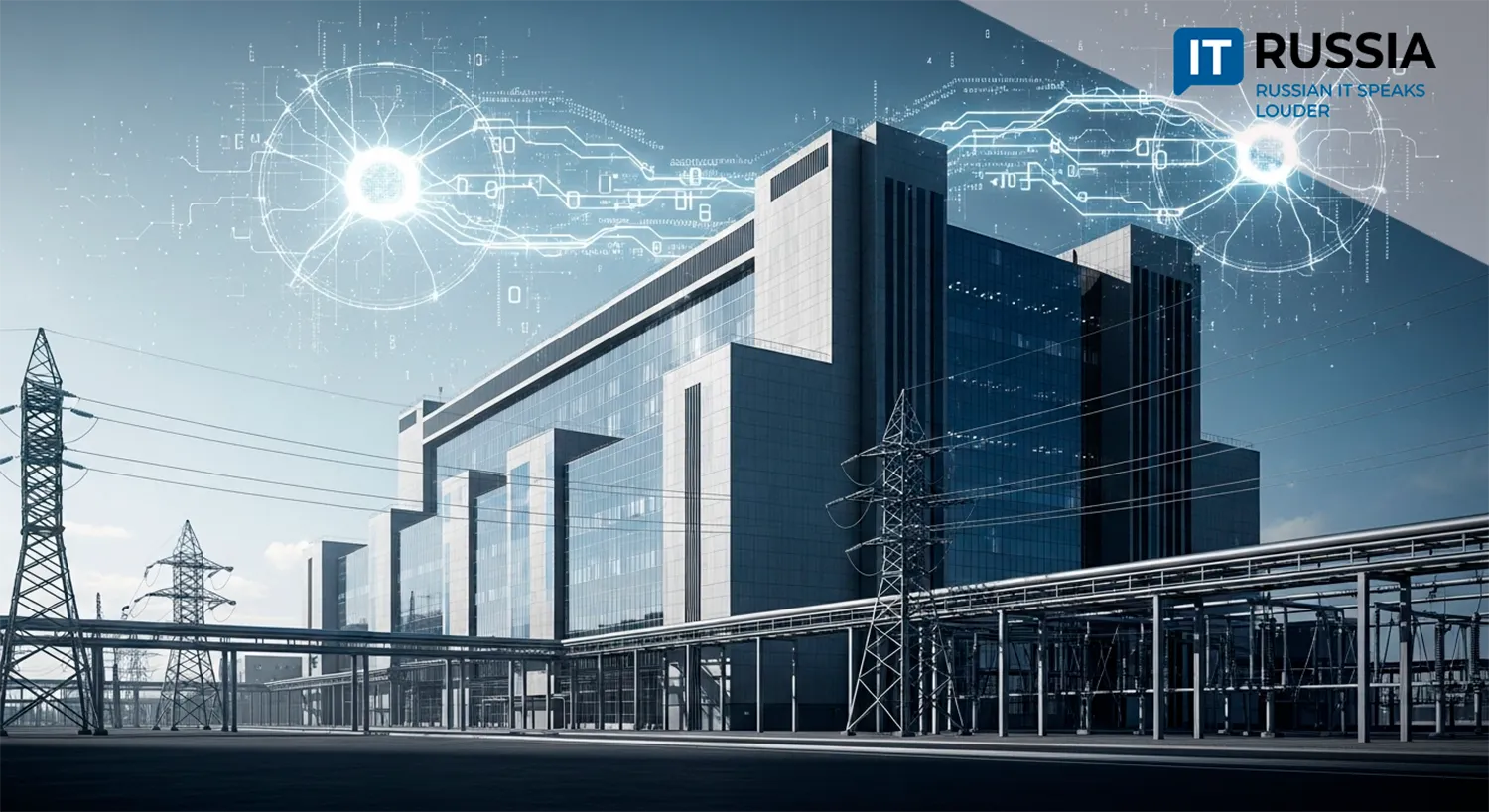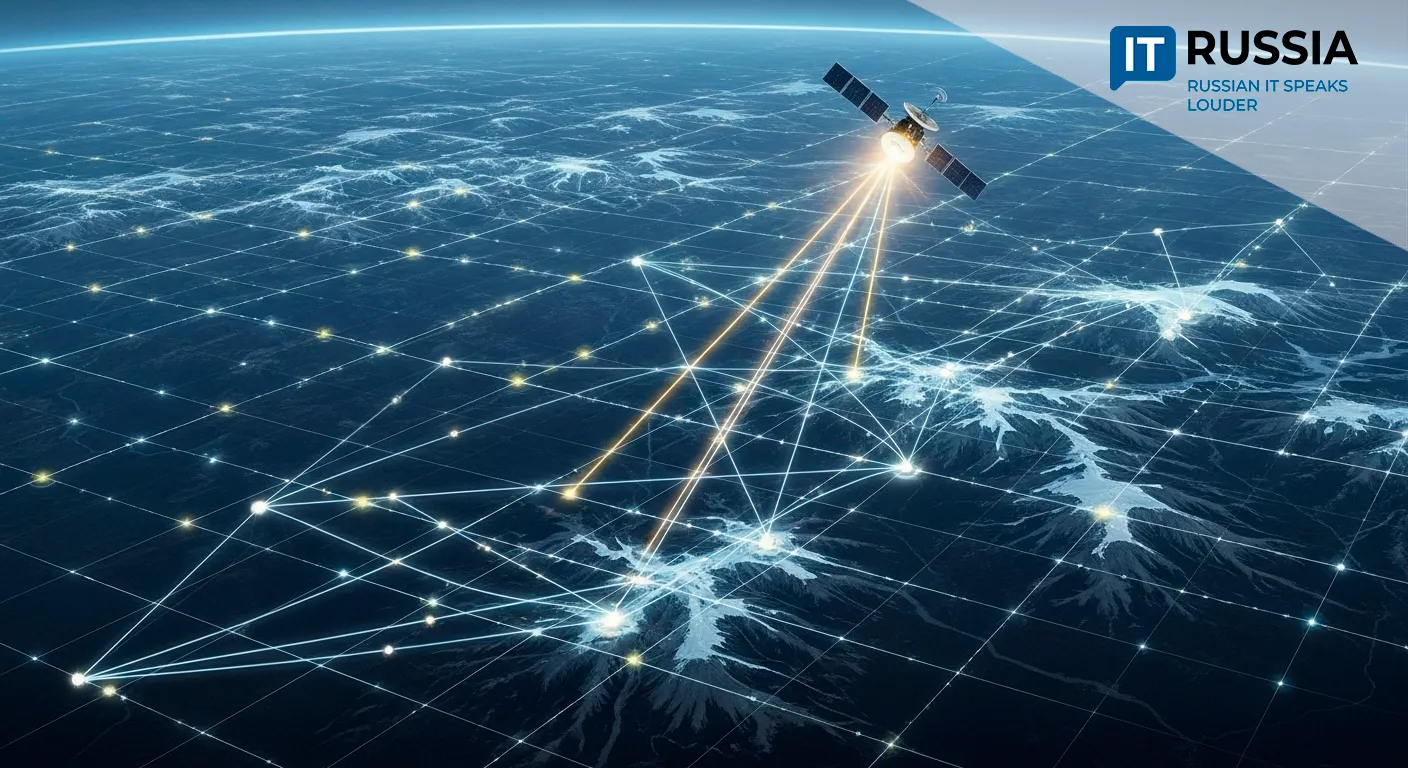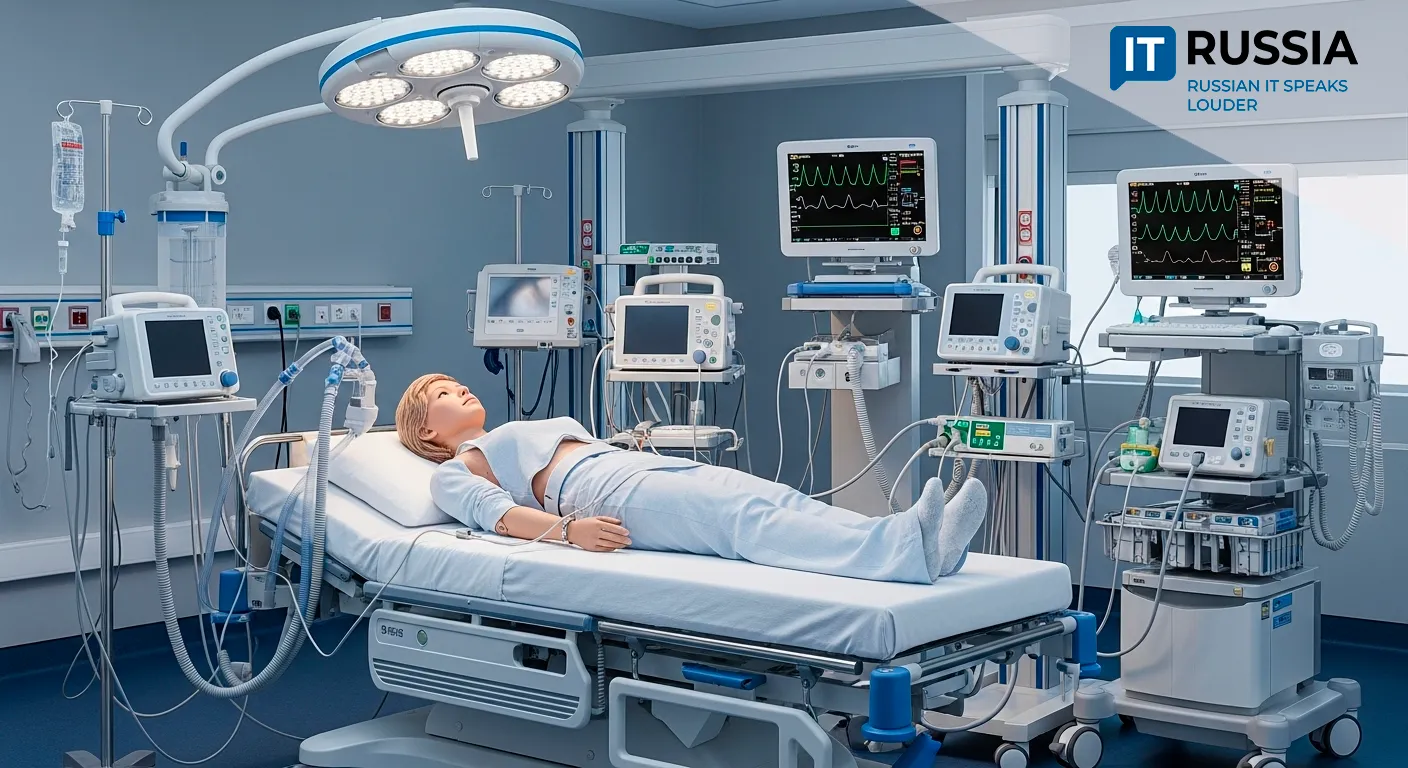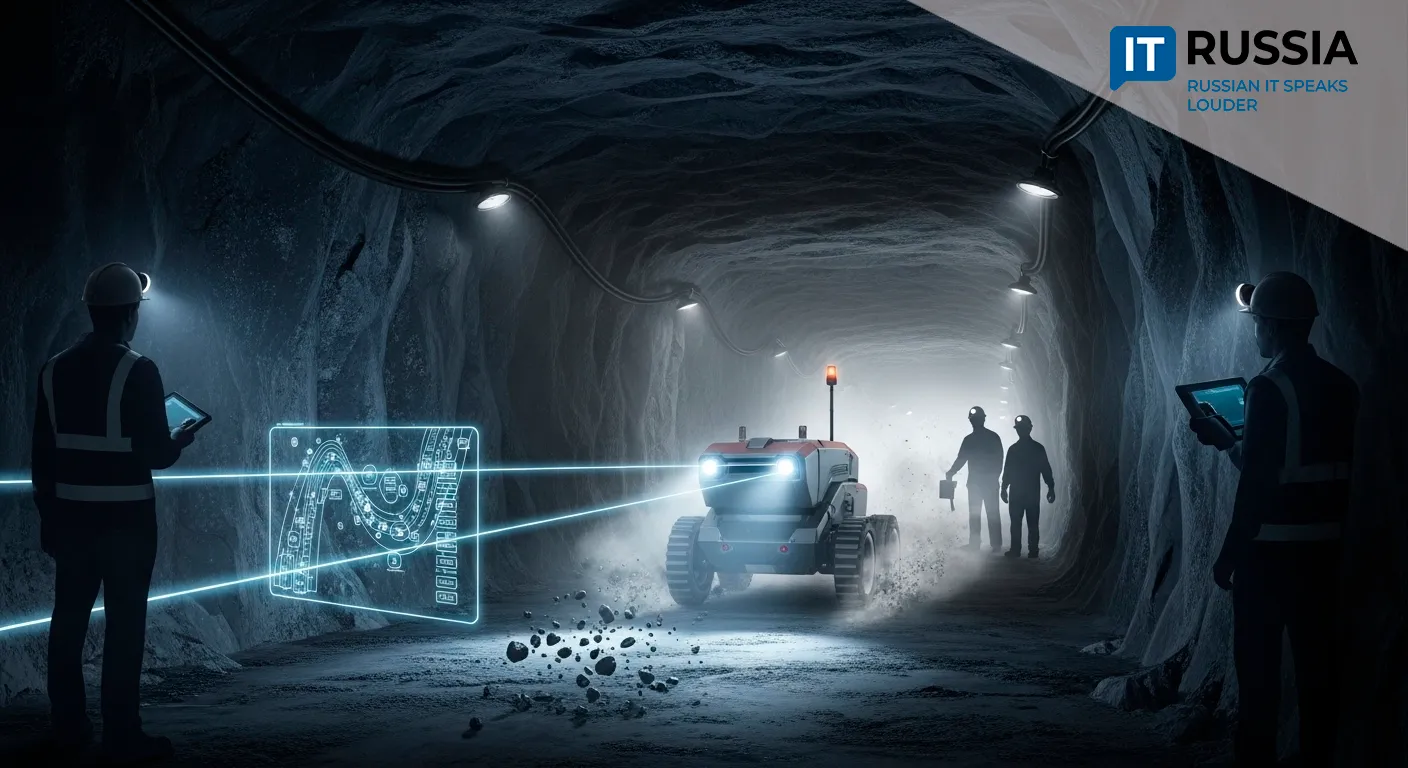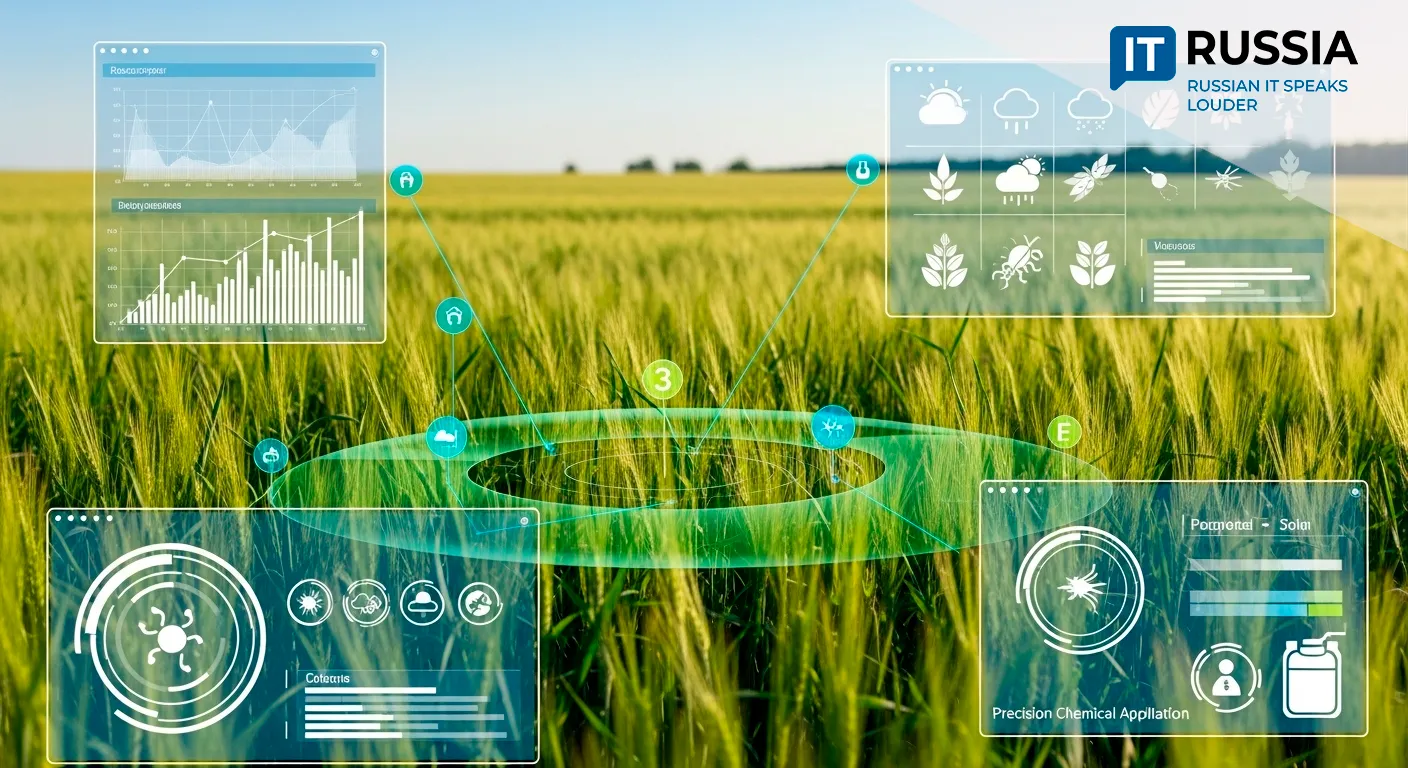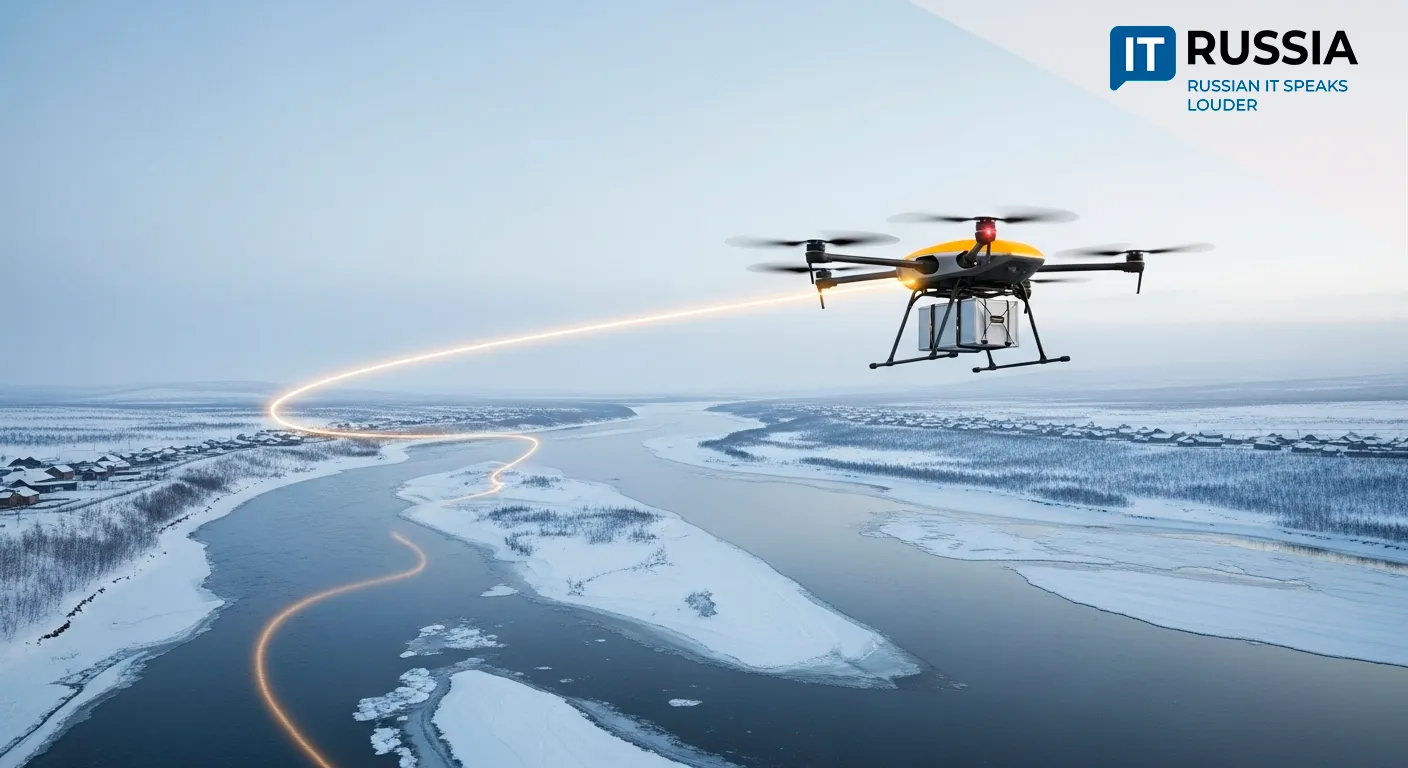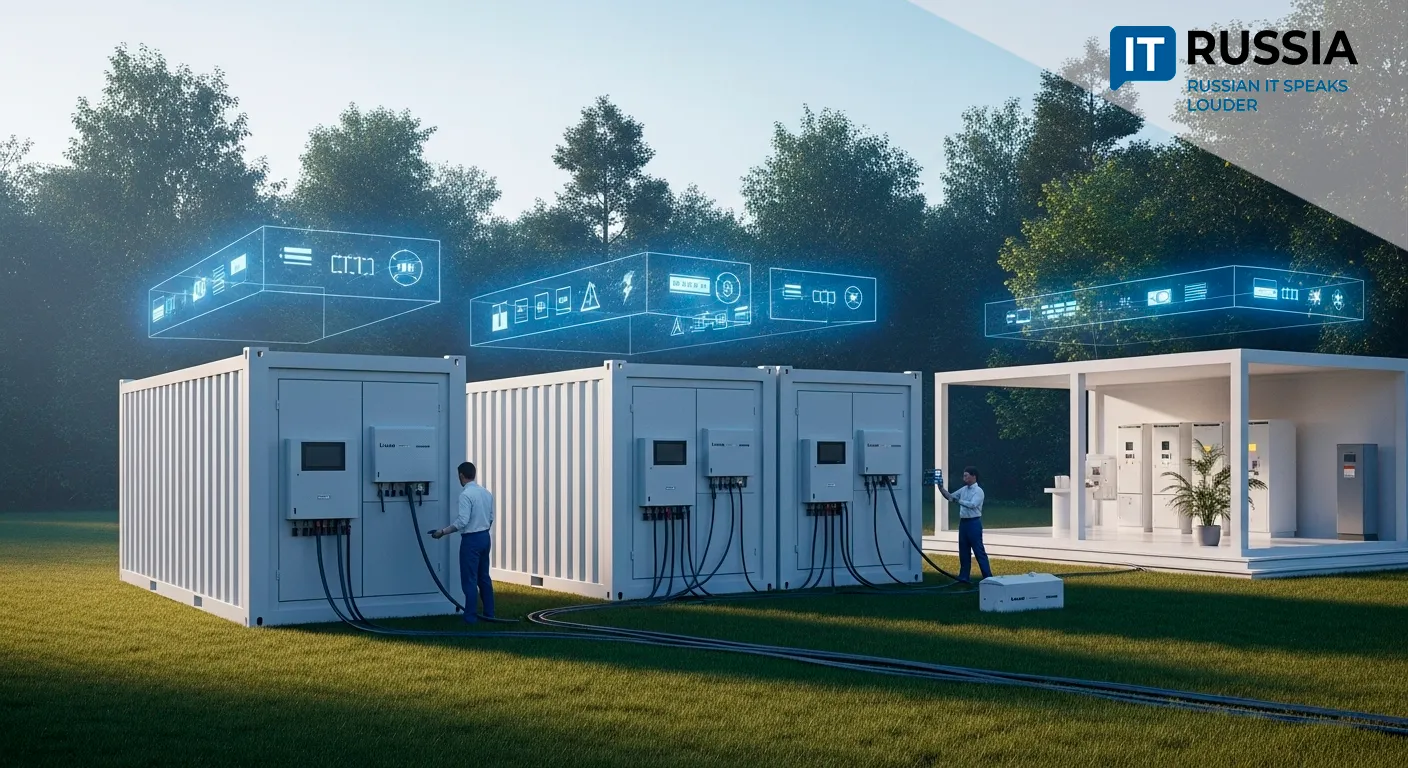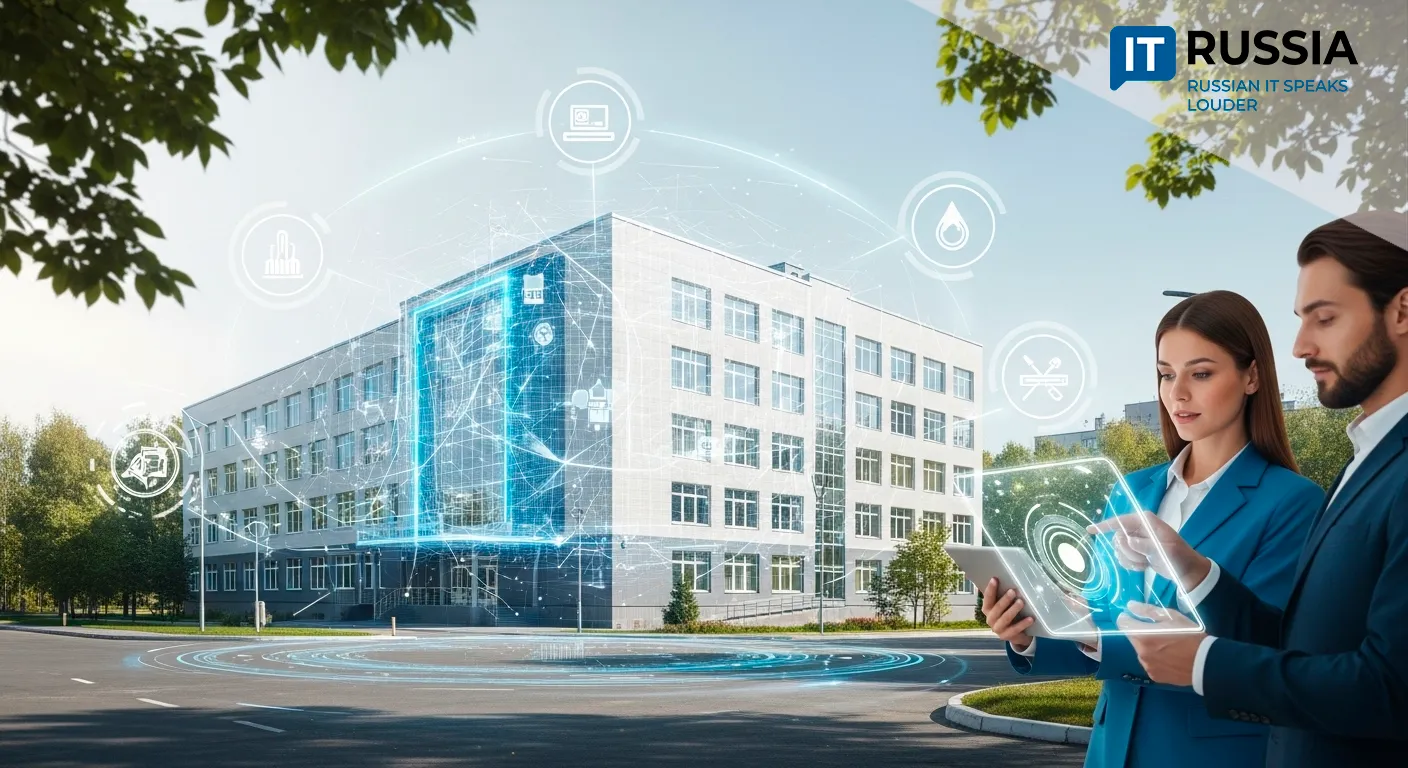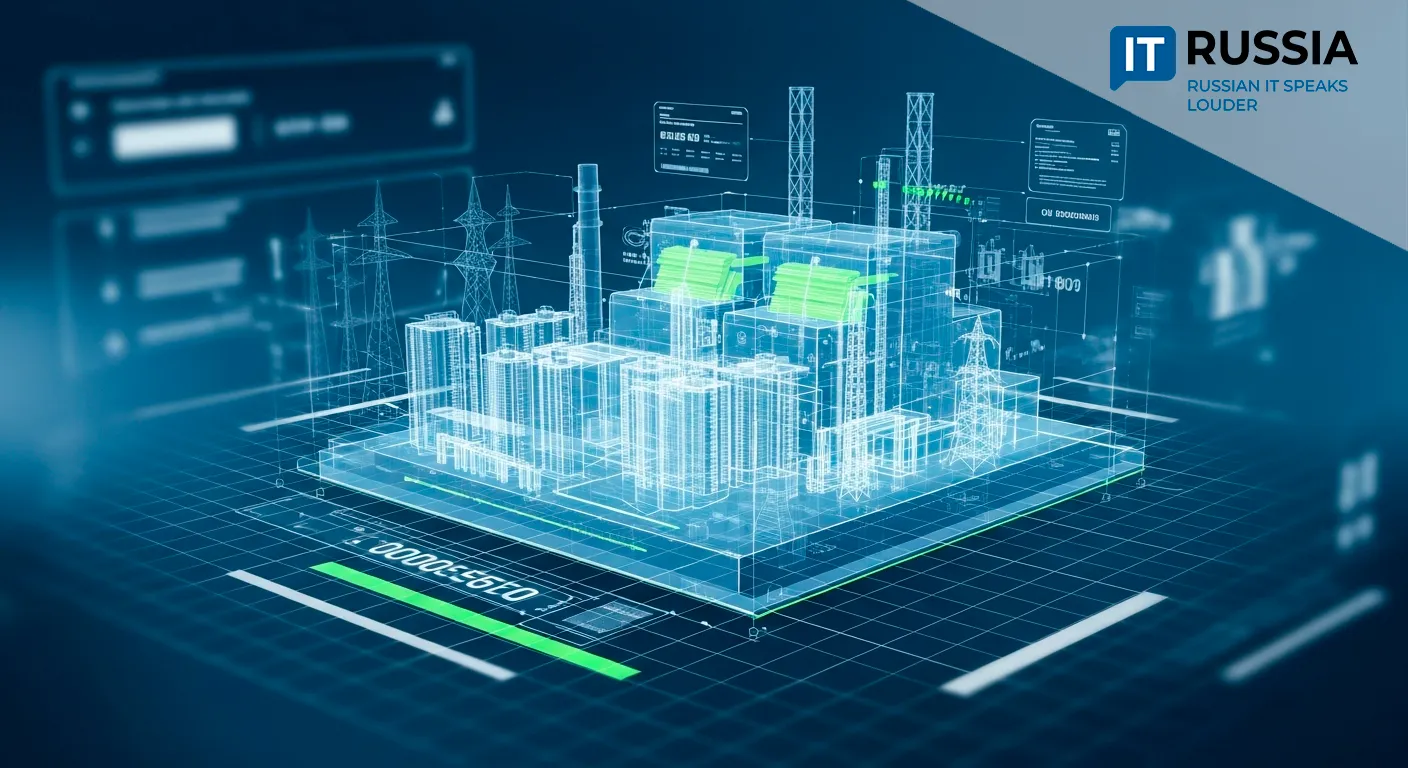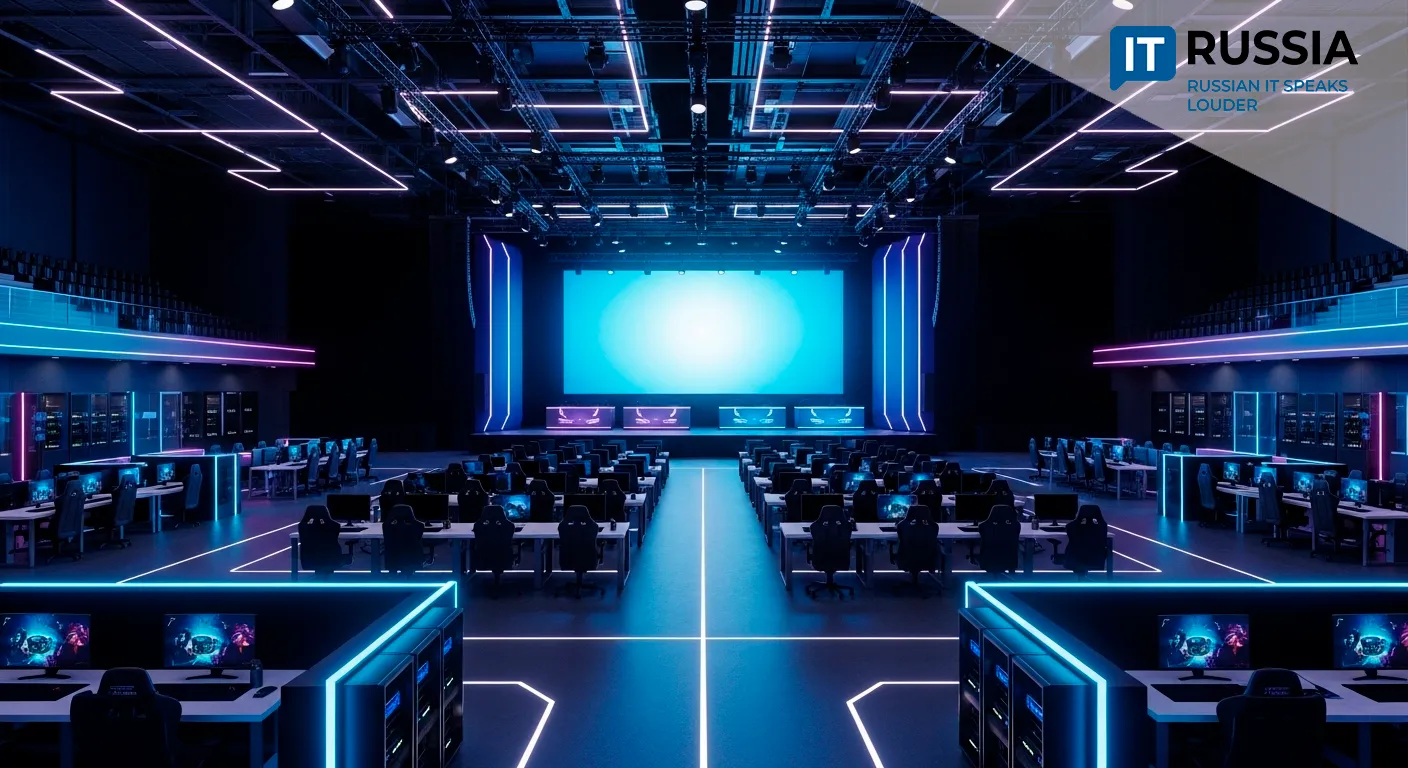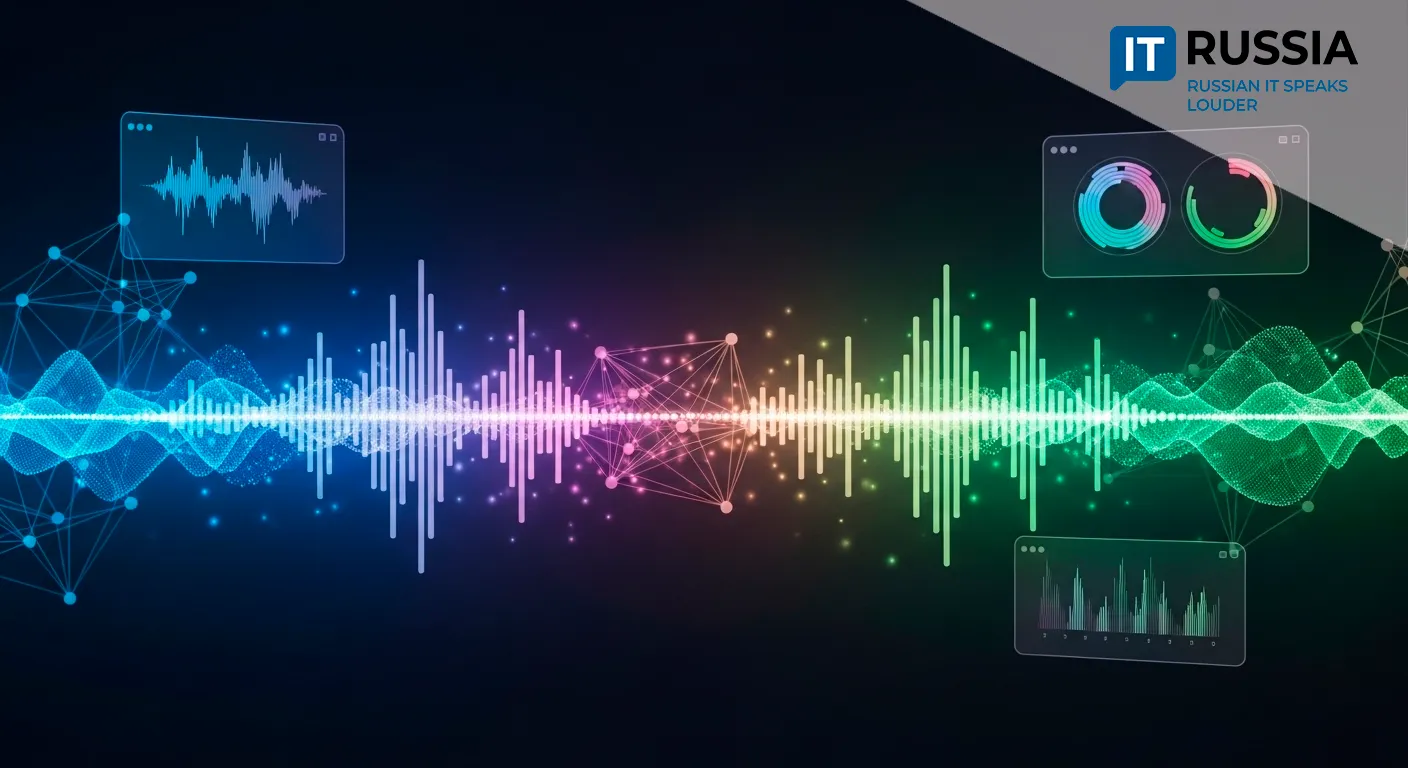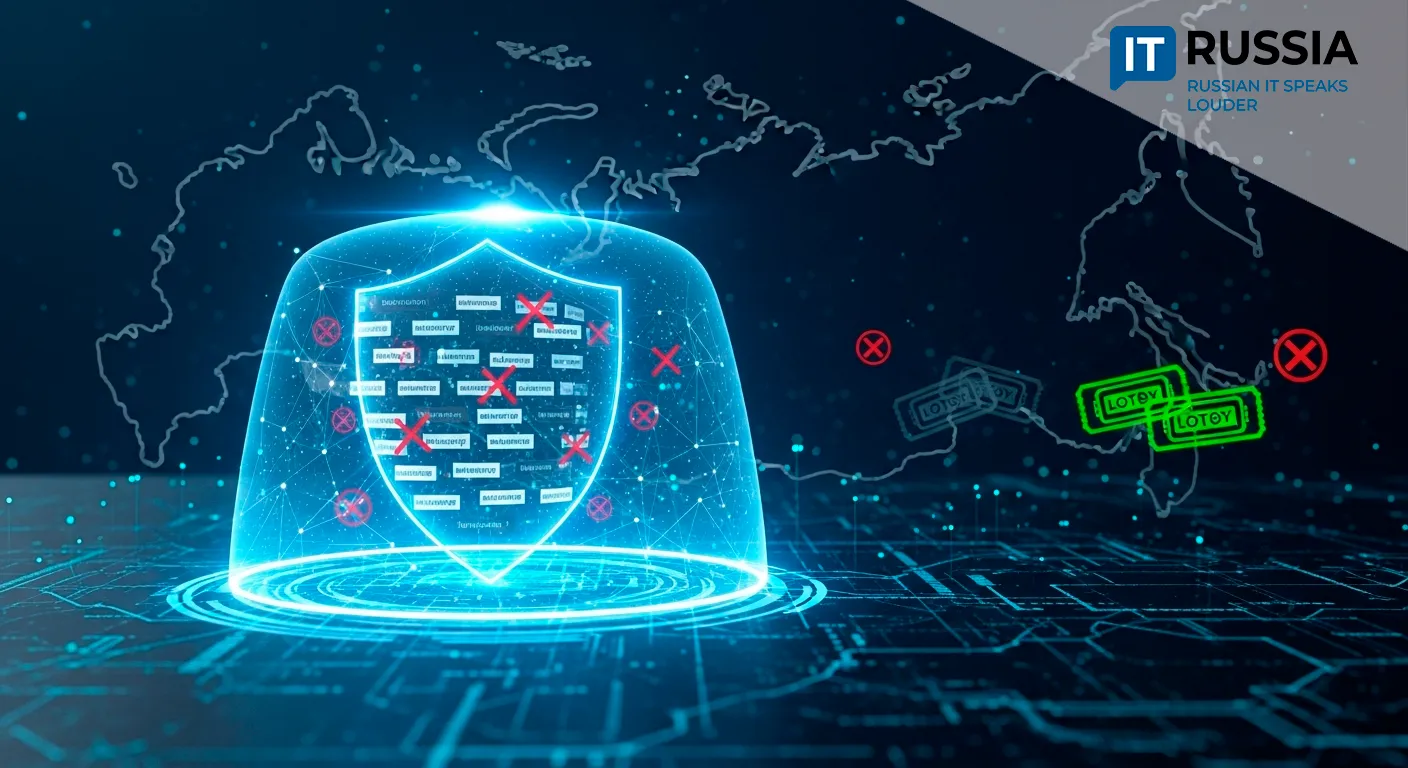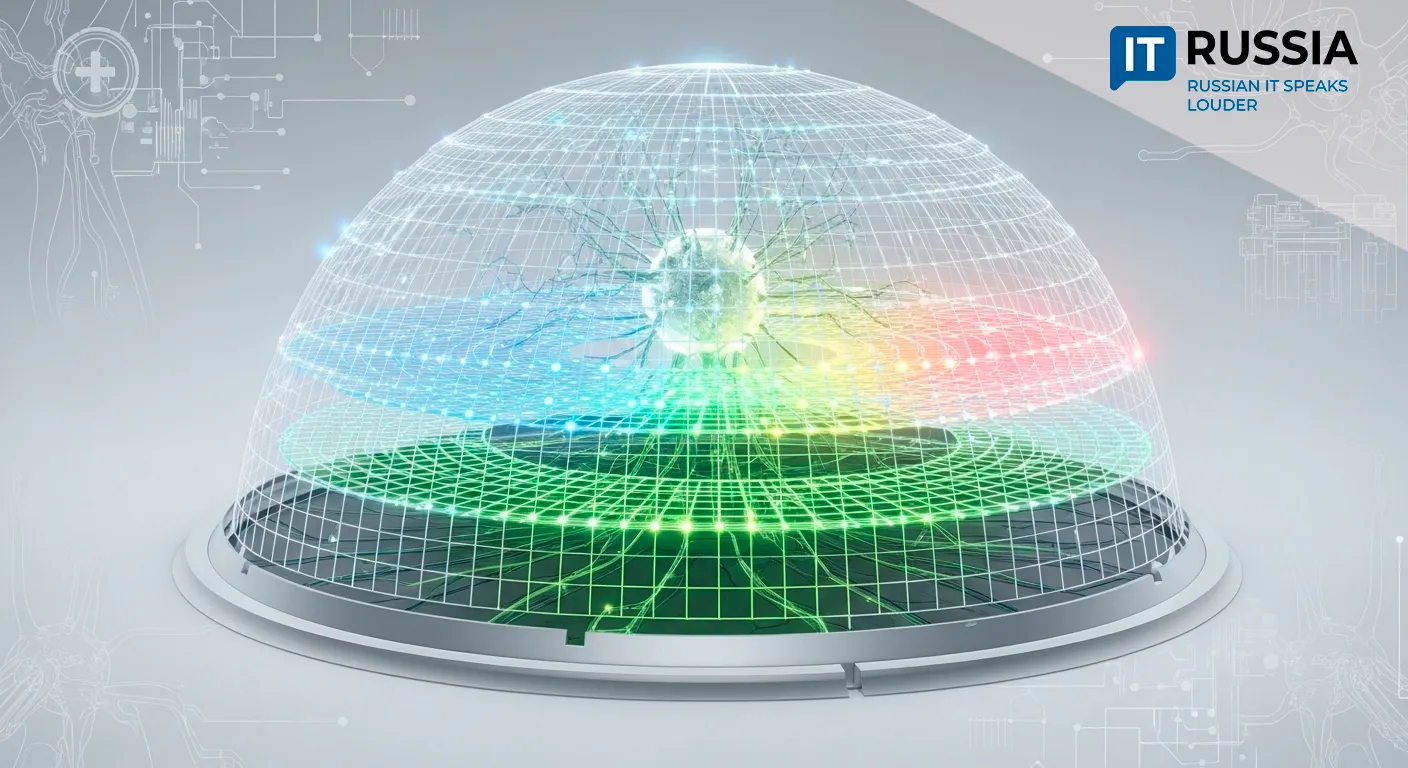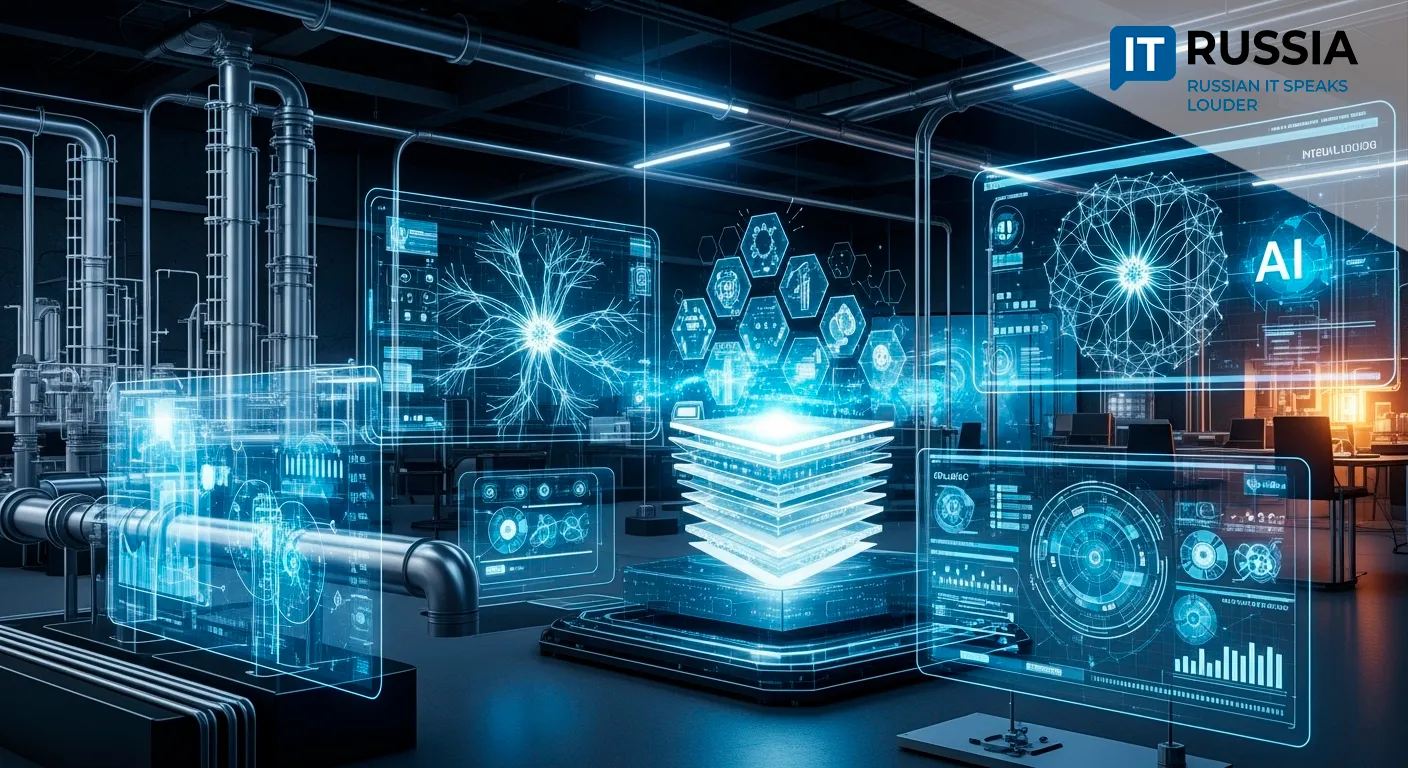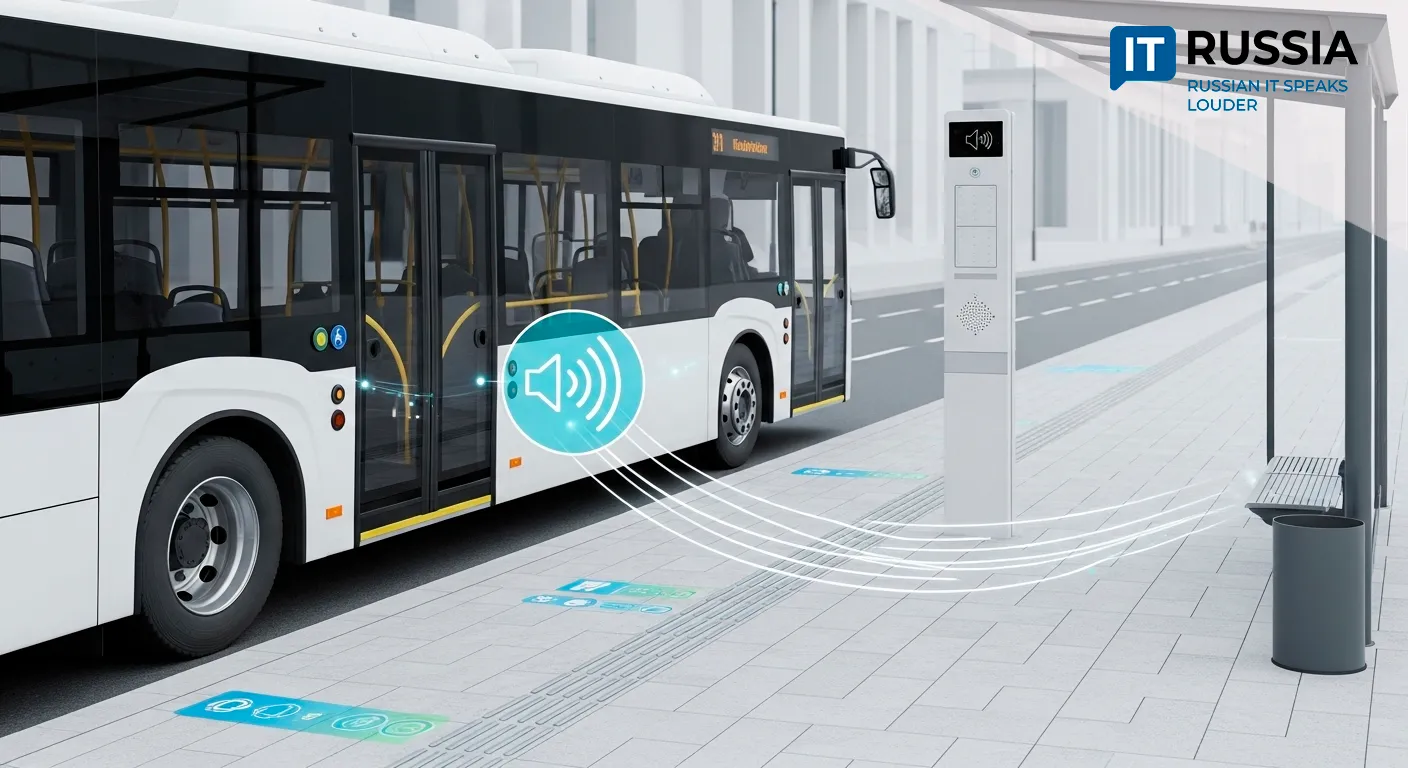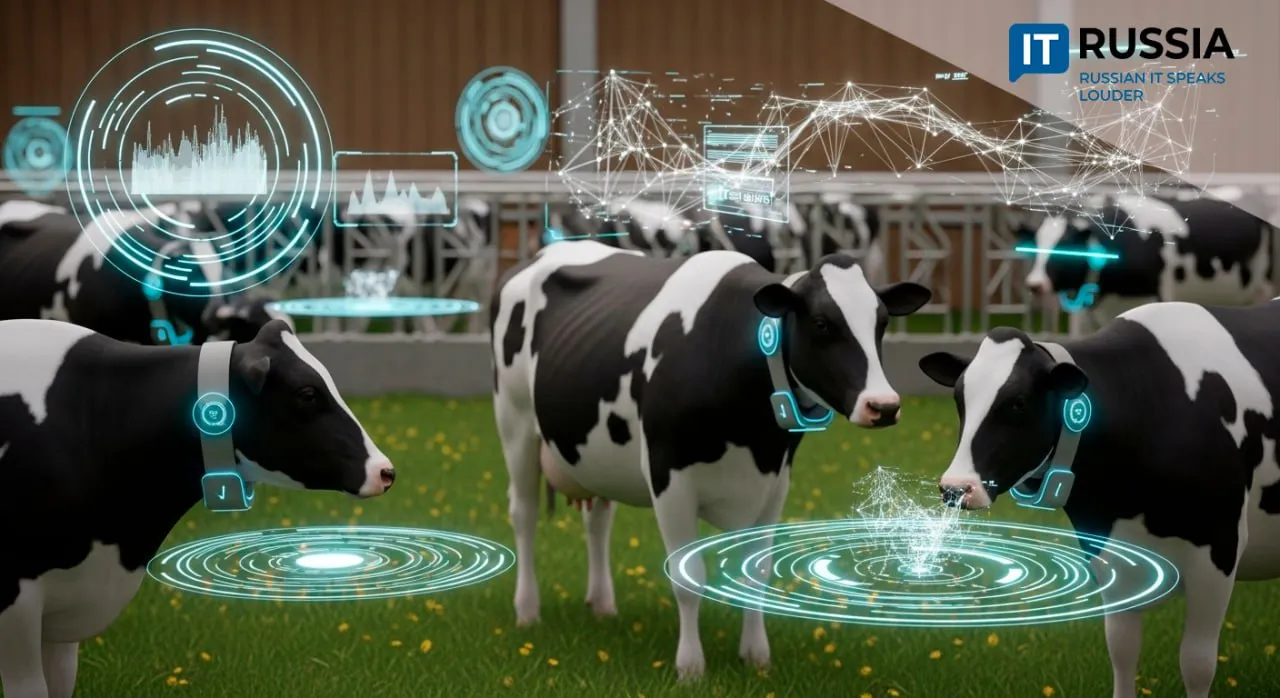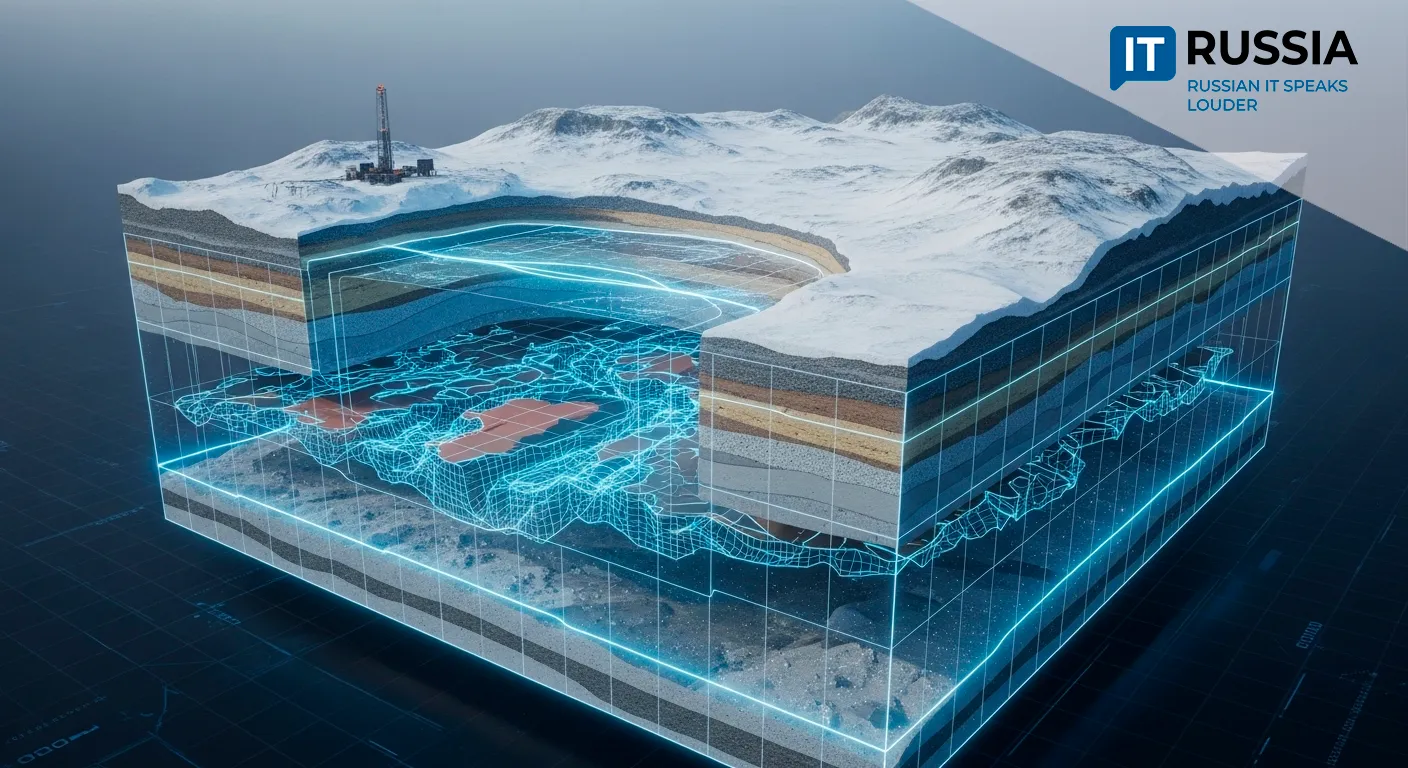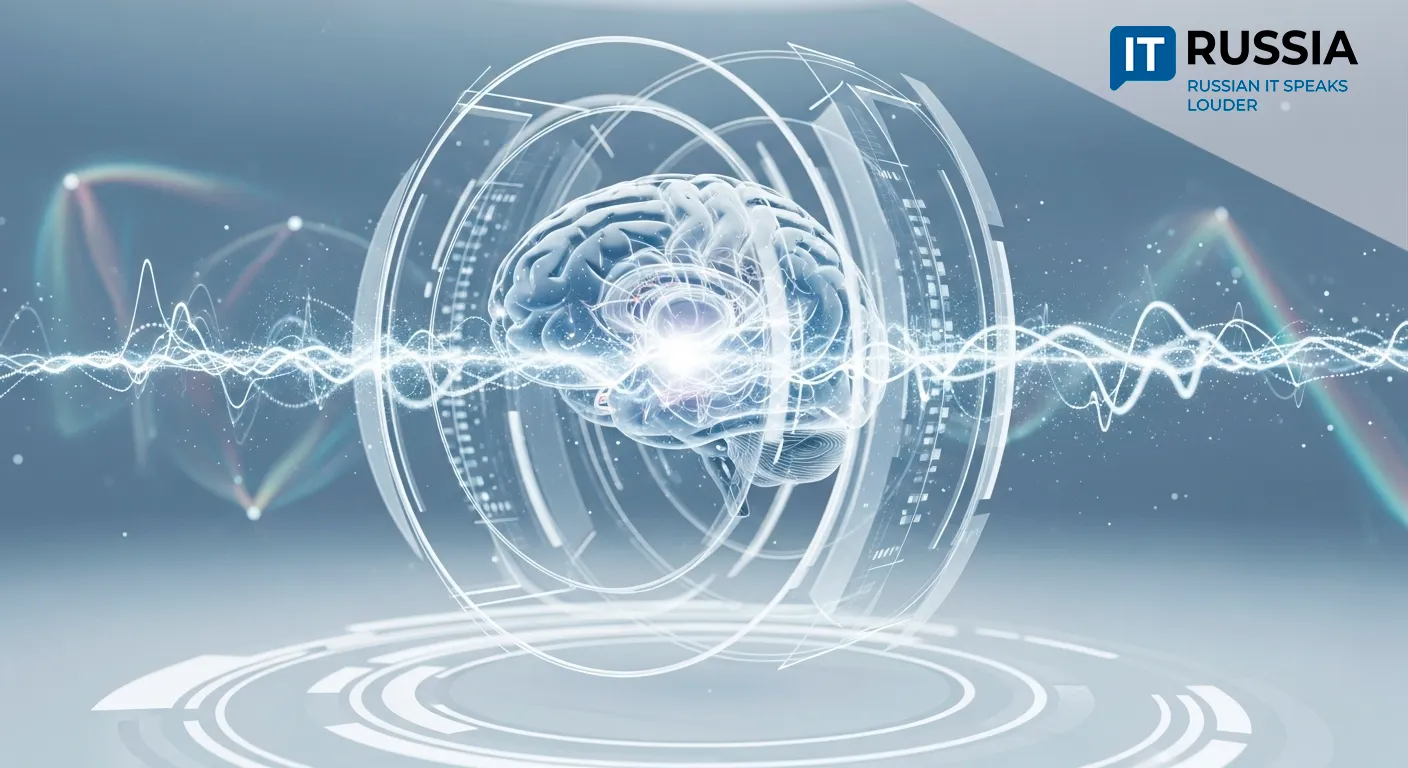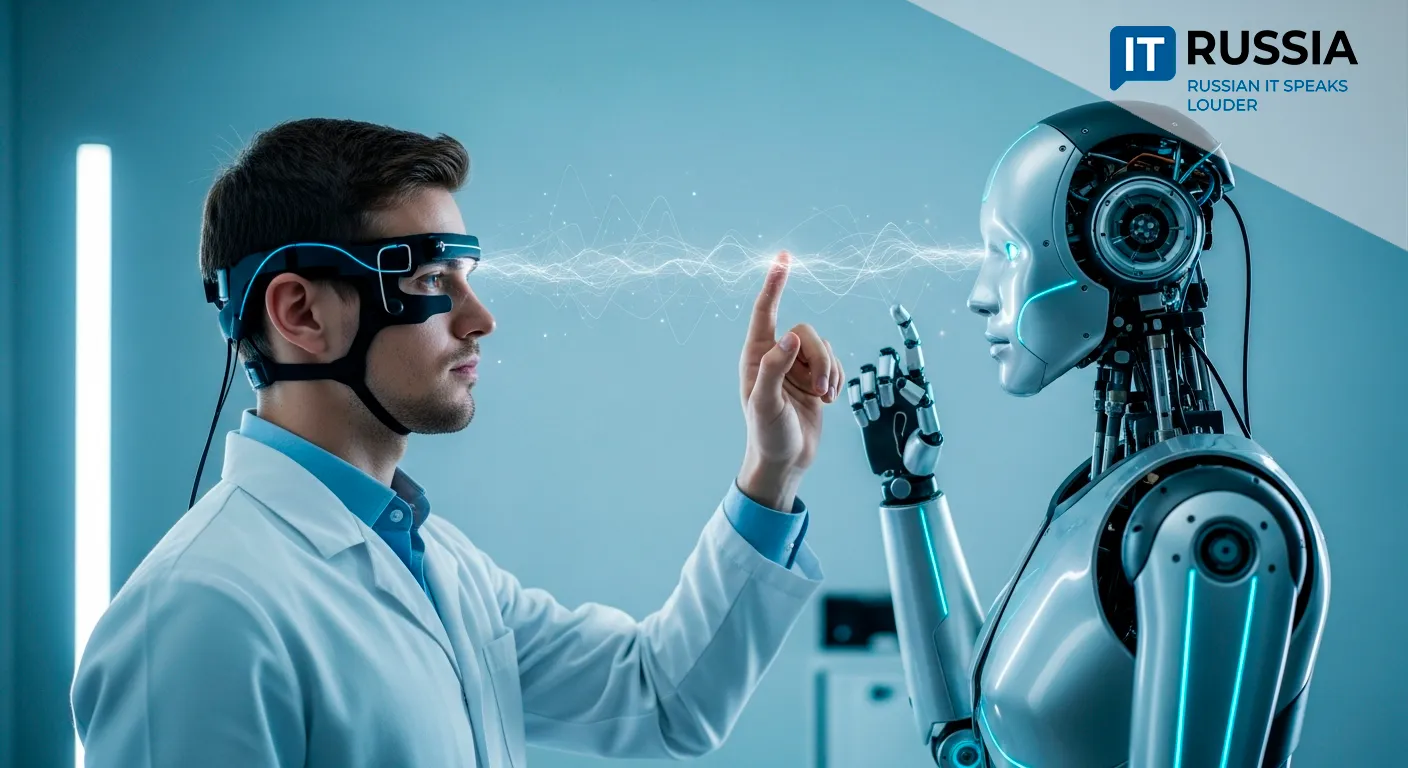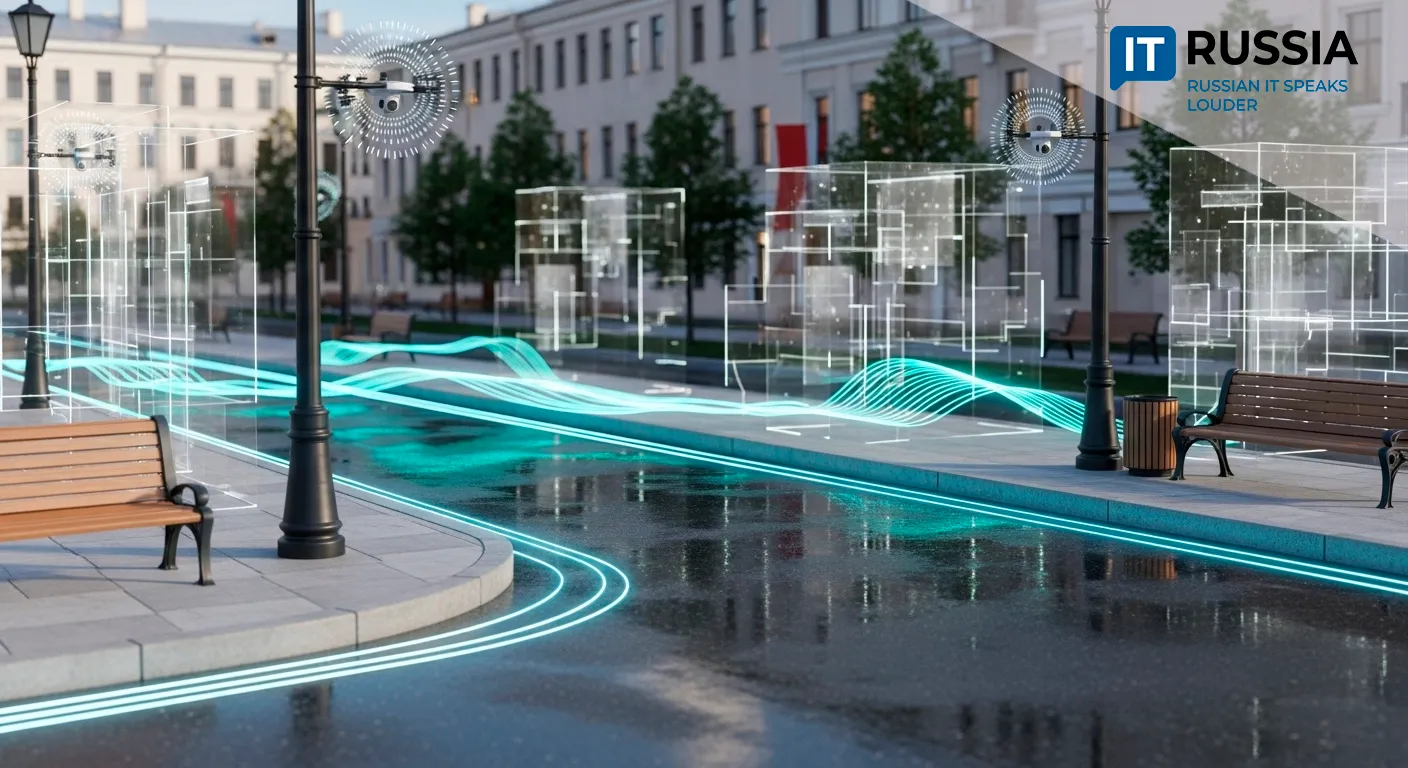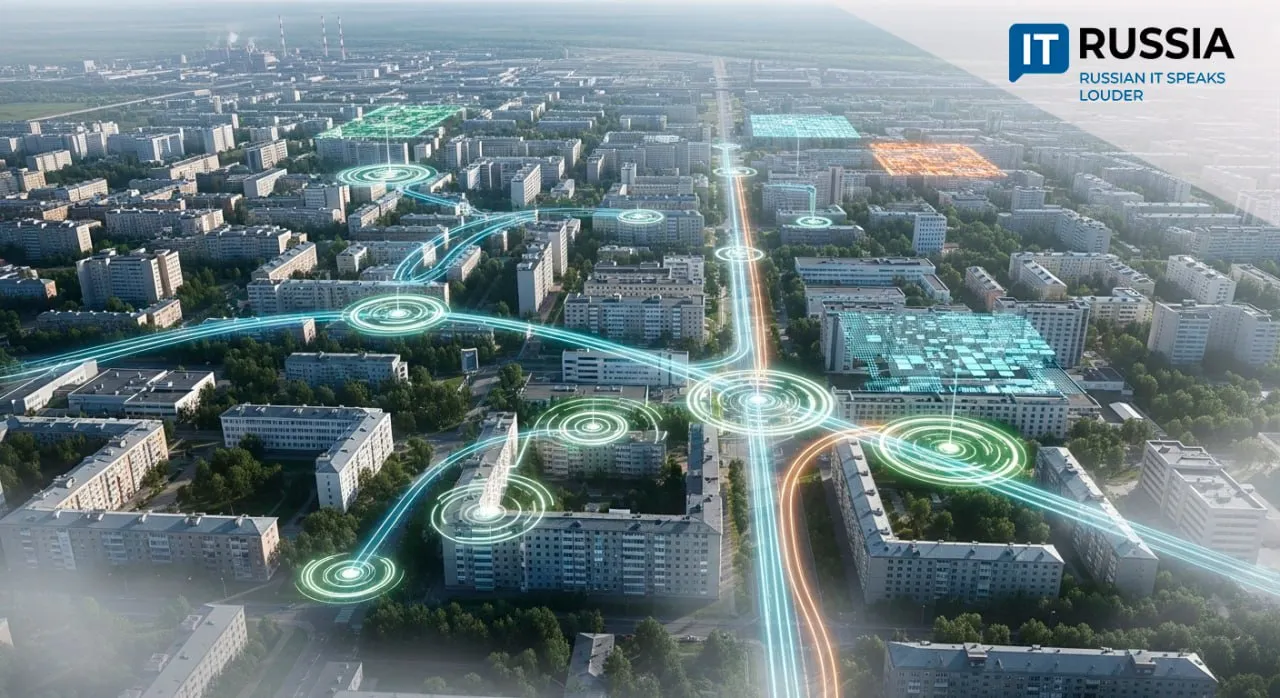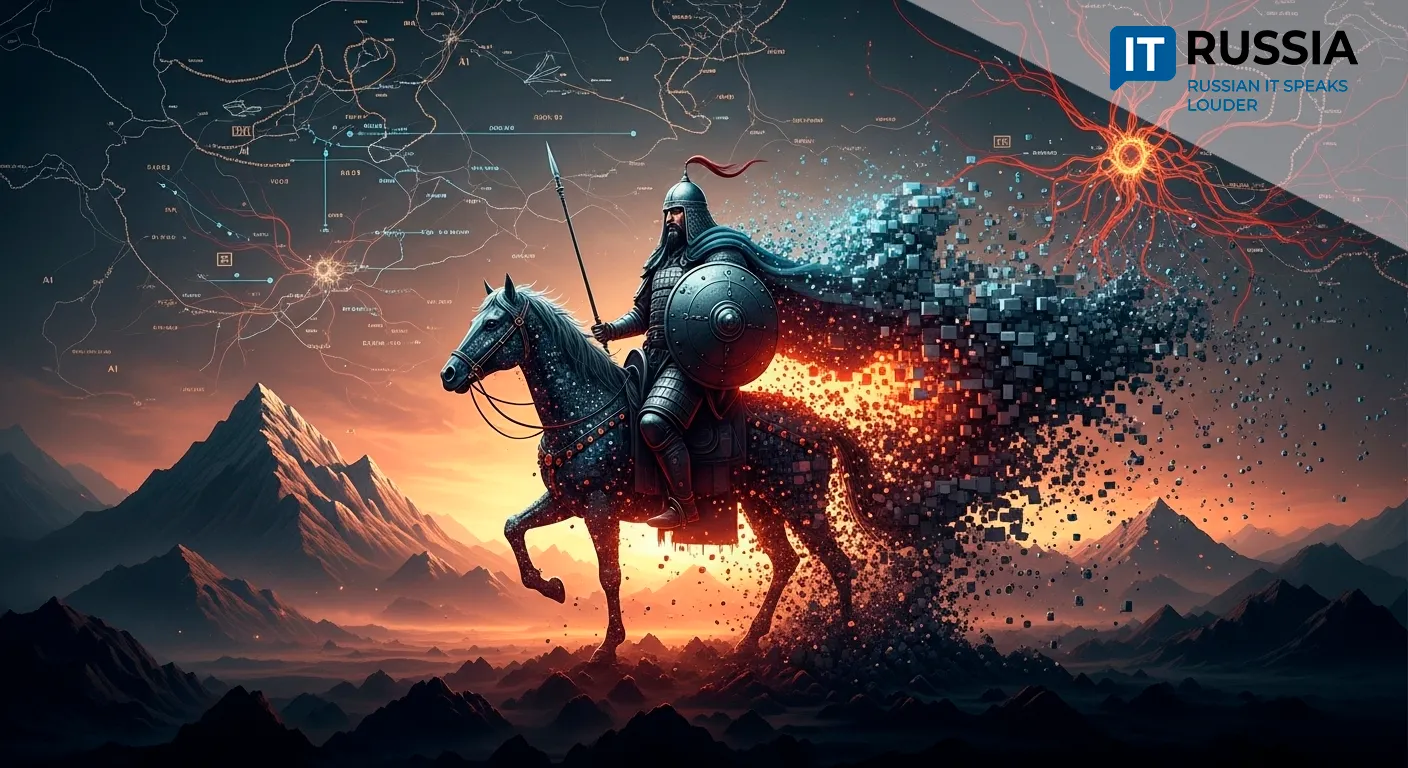Under the Hood of SmartGiR: How Rosneft’s Digital Brain Is Reshaping Oilfield Management

SmartGiR, a new platform from Rosneft’s research institute, aims to transform upstream operations with AI-powered decision-making and digital standardization.
More Than Software: A Unified Ecosystem
According to IDC, corporate IT spending in Russia surpassed 3 trillion rubles in 2024, with software-as-a-service (SaaS) showing the fastest growth—particularly in oil and gas, where efficiency and safety hinge on digital precision.
SmartGiR, developed by Rosneft’s Ufa Research Institute, is a comprehensive platform for managing the entire lifecycle of oil fields. Unlike fragmented toolkits, it offers 12 integrated modules functioning as a single ecosystem—an intelligent core for monitoring, analyzing, and designing oilfield development.
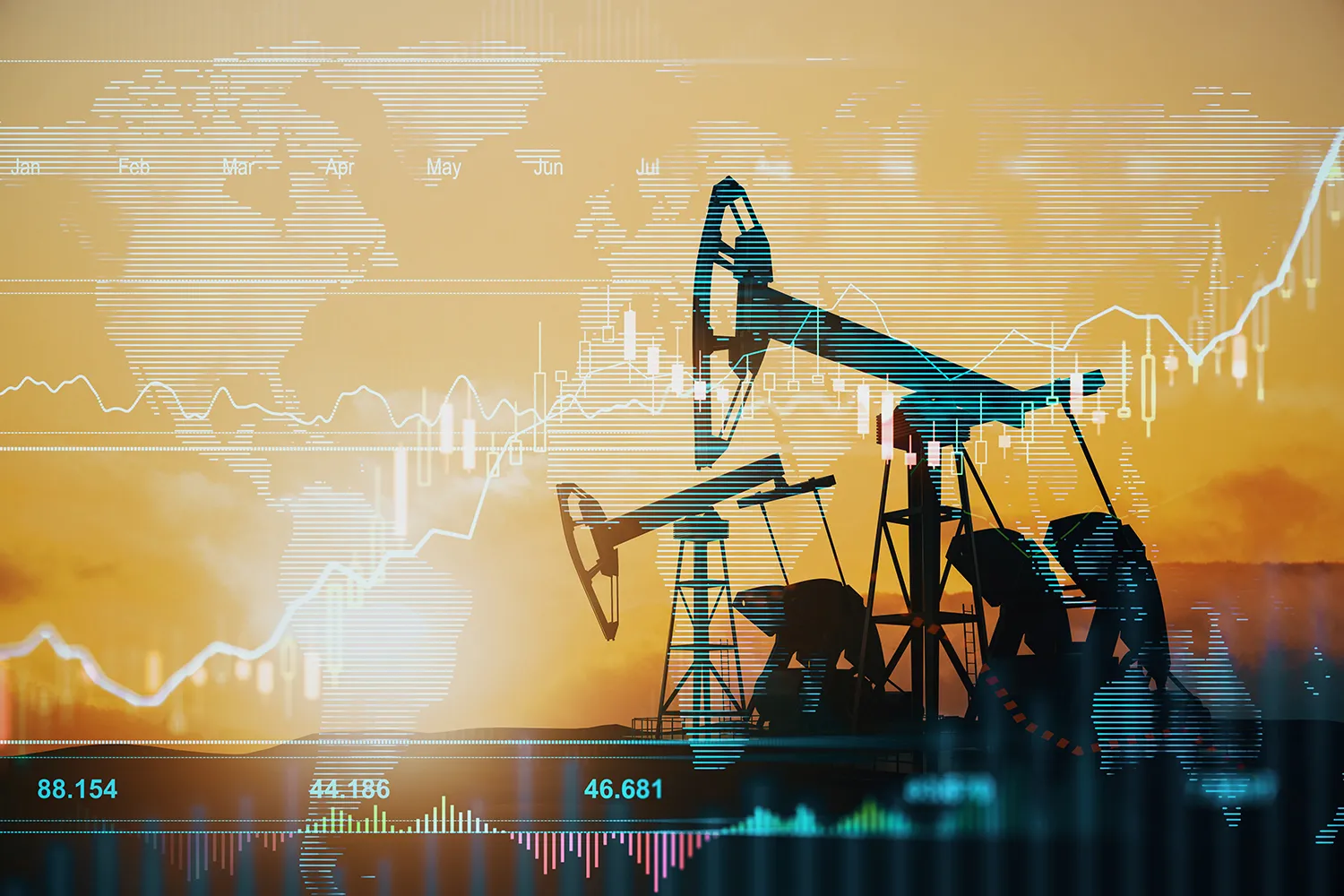
One module functions as a strategist, calculating optimal drilling sites, including cluster drilling options that cut infrastructure costs. Another acts as a scenario planner, modeling various techno-economic strategies based on user input. A third constantly updates geological and hydrodynamic models, offering precision surpassing modern weather forecasting. And finally, SmartGiR automates routine operations—tracking KPIs, selecting geological interventions, and managing data quality—freeing engineers to focus on strategic tasks.
A Step for Rosneft, a Leap for the Industry
SmartGiR has the potential to evolve beyond an internal Rosneft tool and become an industry-wide digital standard. Its unified architecture breaks down silos of disparate systems and data formats, aligning with the Rosneft 2030 strategy for technological leadership.

Standardization reduces environmental and financial risk while improving the accuracy of resource planning and emergency prevention. The platform is especially relevant for high-stakes environments such as the Arctic, where precision engineering is vital.
Although currently optimized for Rosneft’s infrastructure, the system’s modular design and robust APIs make it a strong candidate for future export. International deployment would require scalable support and open architecture, but the foundation is already in place.
The Global Digital Oilfield Context
Russia is not inventing the digital oilfield concept from scratch. International leaders like Shell (MyField), BP (iField), and Chevron have long reported improved oil recovery rates of 5–10% and capital expenditure reductions of up to 50% through smart field technologies.

In 2023, Russian players such as Lukoil and Gazprom Neft ramped up digital transformation, integrating real-time modeling and monitoring systems. By 2024, AI and machine learning integration had become standard, as seen in CNPC and Huawei’s collaborative platform that enhanced on-site drilling efficiency by up to 10%.
SmartGiR signals that Russian oil and gas is now fully committed to digitalization, and domestic IT platforms are ready to address complex industrial challenges. A future where barrels are managed by bytes no longer seems far off.



